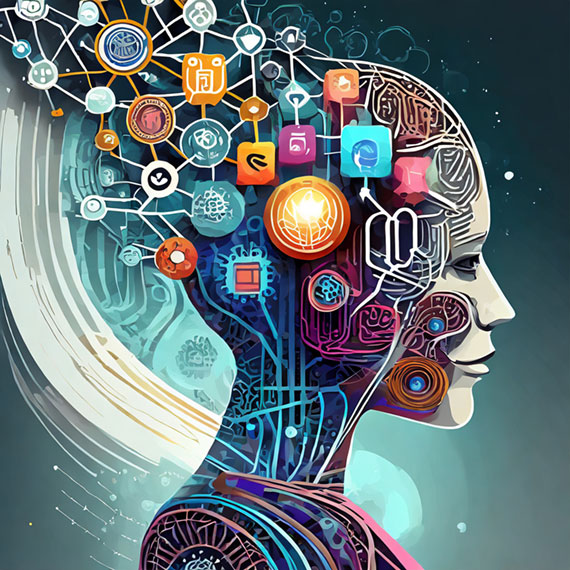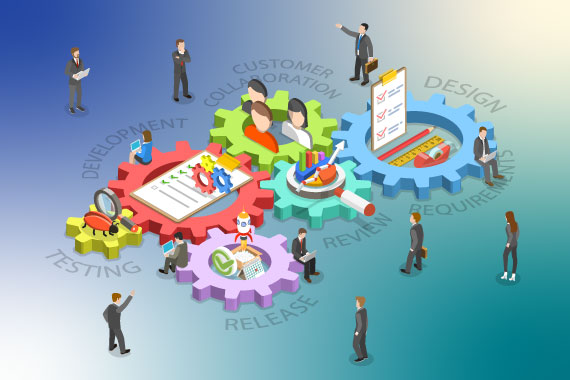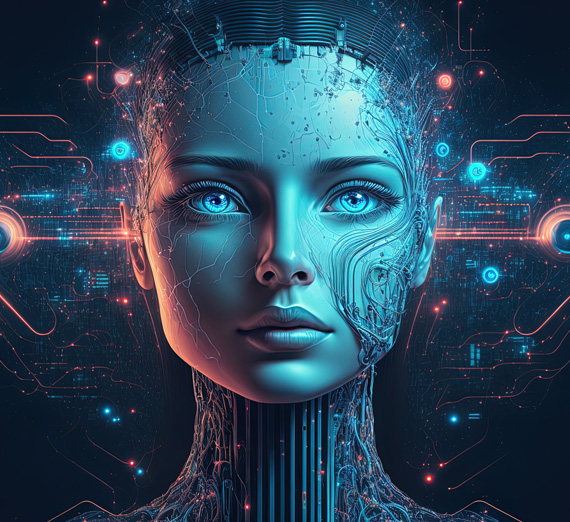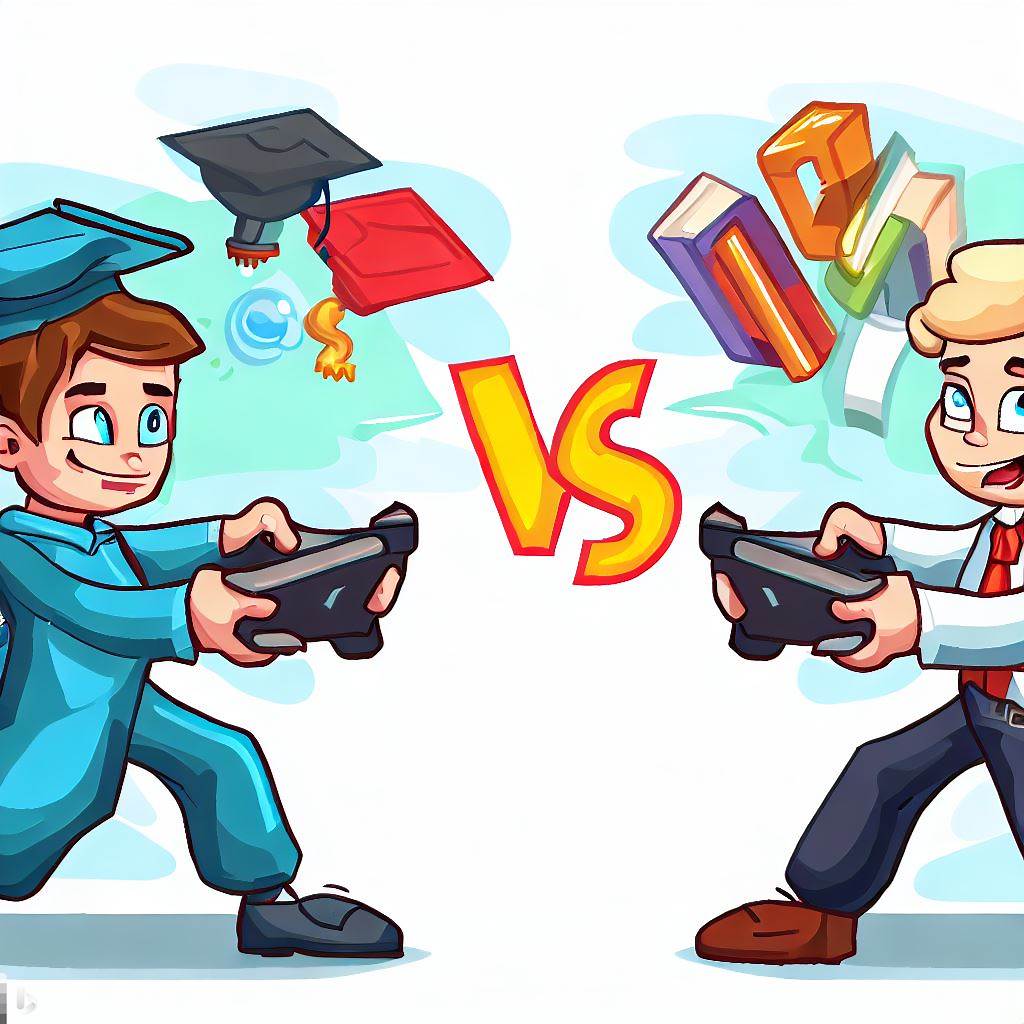Stop College Students from Entering the Age of Ultron

Stop College Students from Entering the Age of Ultron

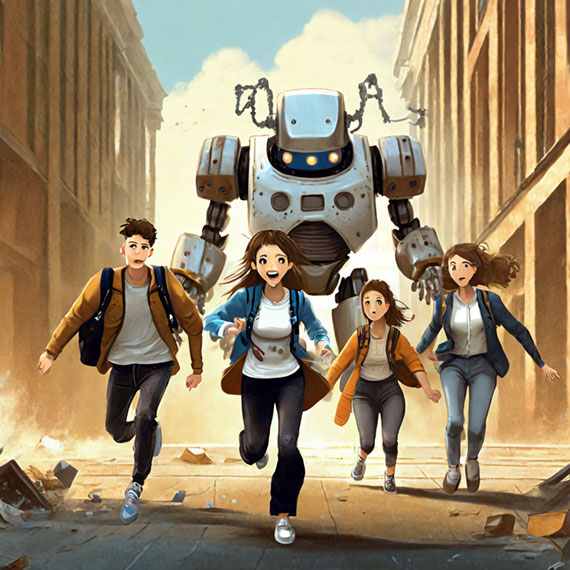
In our real-life Age of Ultron (Artificial Intelligence dominating all humanity, for those not familiar with the MCU), much like Stark in his lab, students in colleges and universities are at the forefront of a technological revolution. They are the architects of their future, tasked with designing their educational and career paths in a rapidly evolving environment. The challenges they face upon graduation are not unlike those Stark confronts - a world where technology advances at breakneck speed, where the demands of society and industry are ever-changing, and where the ability to adapt and innovate is not just an asset, but a necessity for survival. Universities need to also be adaptive in the same way, providing students with a physical and intellectual “lab” to develop the competencies needed to keep pace.
As Stark assembles his suit piece by piece, one technology building on the next, college students must similarly construct their skill set one revolutionary piece at a time. In this endeavor, higher education plays a pivotal role, akin to Stark's helpful Ai, J.A.R.V.I.S., offering the resources, knowledge, and environment necessary for this crucial development. But the challenges are manifold. Students must not only grasp complex AI concepts and technical skills but also understand the broader implications of these technologies on society, ethics, and the global economy. Keeping pace with AI involves developing a deep and meaningful understanding of the impact Ai is and will have on humanity and our ability to control our own destiny.
Just as Stark's Iron Man suit is a blend of many components, the education students receive must be multidisciplinary in the true sense of the Liberal Arts, combining technical knowledge with soft skills, ethical understanding, and a global perspective. The curriculum must similarly evolve, mirroring the adaptability of Stark's suit, to equip students with the skills needed to tackle the challenges of an AI-driven future. Some possible curricular adaptations include:
-
Integration of AI and Humanities: Courses should be designed where AI tools are used to analyze literature or historical trends. For example, a history course could use natural language processing to examine primary source documents, allowing students to detect patterns and changes in sentiment over time, enhancing traditional historical analysis with computational techniques.
-
Ethics in Technology: A course that combines philosophy, ethics, and AI are vital. Students could study ethical theories and apply them to real-world case studies involving AI, like the ethics of autonomous vehicles, AI in healthcare decision-making, or bias in machine learning algorithms. We cannot let Ai run amok, independent of the ethical and moral constraints that make us part of a global society.
-
Global Perspectives on AI: This component should include courses on the impact of AI on global economies, cultures, and politics. We must prepare students to understand and engage with the global implications of AI, from the workforce shifts due to automation to the role of AI in international relations. Again, if we do not control Ai, it will control us.
-
Soft Skills Development: Courses that traditionally focus on soft skills, such as communication and leadership, now need to incorporate AI elements. For example, students might learn how to manage remote teams effectively using AI tools, or how to communicate complex AI concepts to non-expert audiences, or to use Ai to dramatically enhance their ability to understand and present data to reshape the world.
-
Capstone Projects: Summative evaluation needs to shift towards multidisciplinary capstone projects where students apply their combined knowledge of AI, ethics, and global perspectives to real-world problems, as we’ve all seen Tony Stark apply his technology to various challenges he faces as Iron Man including the battle with Ai gone rogue in the form of Ultron itself.
Back in the MCU, Stark's journey as Iron Man is marked by continuous learning and adaptation, a trait that students must emulate. The world they are preparing to enter is not static; it is a world where AI technologies evolve rapidly, where job roles transform, and where lifelong learning becomes the norm. Like Stark, who upgrades his suit to meet new challenges, students must view their education as a starting point, a foundation upon which they must continually build. It is imperative for students to adopt the mindset of lifelong learning and adaptability embodied in Stark. Here are some examples that would support this principle:
- Cross-Disciplinary AI Electives: Imagine a political science major taking an elective in data science to understand how AI can influence voting patterns, or an art student learning about digital media and AI algorithms that can analyze and create art. These cutting-edge courses enable students from diverse majors to apply AI in their fields.
- Modular Learning Paths: Students could customize their learning journey with modular courses that address emerging AI trends. For instance, a module on blockchain and AI, or another on AI in environmental sustainability could be paired with almost any content to remix the curriculum in new and exciting ways. This approach allows students to build on their foundational knowledge and stay current with new developments.
- Industry Internships and Co-ops: Partnering with companies that are at the forefront of AI, students can gain hands-on experience with the latest technologies. These internships could involve students applying newly learned skills working on AI-driven projects in sectors like finance, healthcare, or automotive.
- Continuing Education and Certifications: After graduation, students could engage in ongoing education, such as professional certifications in AI and machine learning, ensuring their skills remain sharp and relevant.
- Participation in AI Competitions: Engaging in competitions such as Kaggle competitions or hackathons where AI is a central component can help students apply their learning in competitive and collaborative environments, pushing the boundaries of what they know and fomenting a lifelong learning mindset.
By viewing their education as the 'Mark I' version of their professional development, students can adopt the mindset of continuously upgrading their skills and knowledge throughout their careers, ensuring they remain adaptable and relevant in an ever-changing AI-augmented world. We in higher education need to keep pace with the rapidly-changing Ai-powered world in which we live in order to provide our students with the resources and support they need to avoid living in an real-life Age of Ultron to face new challenges.
- Academics
- Instructional Design and Delivery IDD



